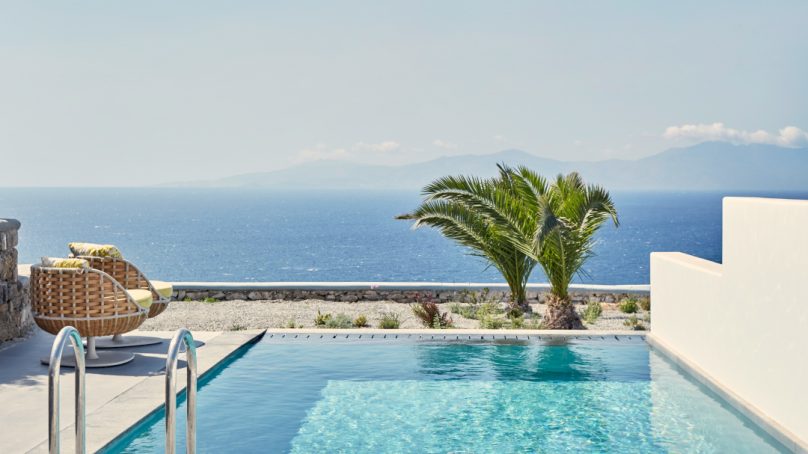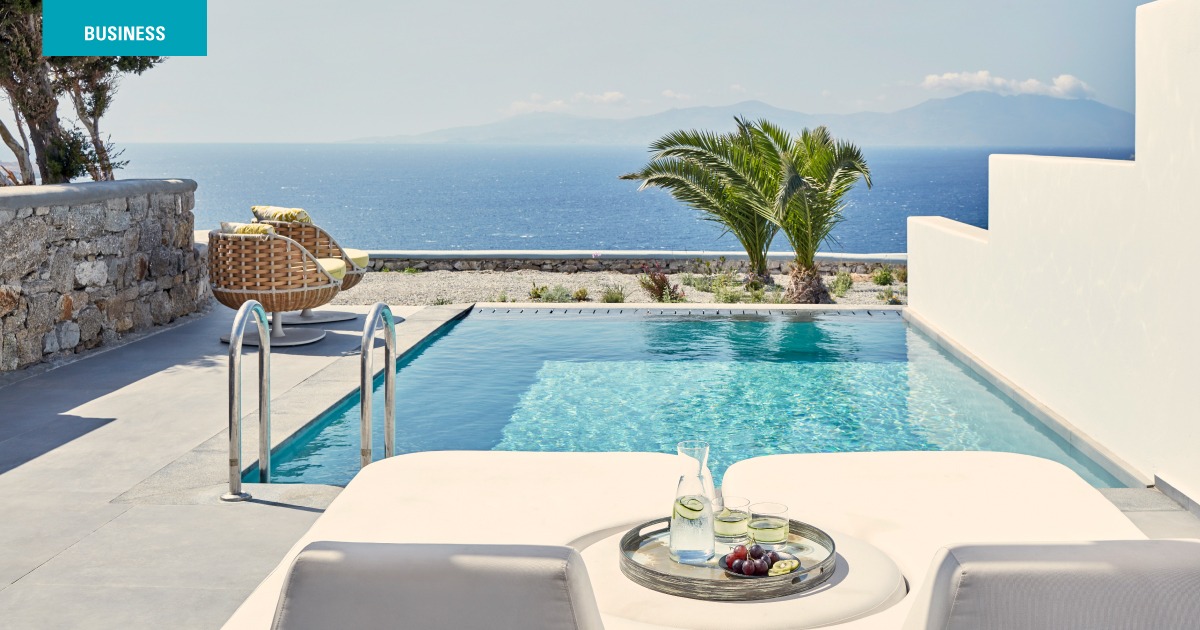It’s not just about designing hotel rooms anymore, rather it’s about designing an experience that flows from the moment a guest checks in. Renowned architect Galal Mahmoud checks out the latest guest room design trends.
Psychographic profiles are driving design decisions. Hotels can no longer simply label themselves as business or leisure; people are doing business while they play and playing while they travel for business. There has to be a degree of escapism, fun and leisure, even in business hotels. People want to go beyond the routine and try something new.
A guest room has become a cocoon that encompasses functionality, versatility, design, escapism and comfort. These must all coexist in a space of around 35 to 45 square meters.
Bathrooms
With people taking better care of their health and wellbeing, guest bathrooms have to be more relaxing and cozy, less stark and slick. More and more, hotel bathrooms are making use of natural light.
In space-conscious, city hotels, you will often see large showers rather than a tub and shower. The exception is a soaking tub in suites and where space permits. Bathtubs are still a must in family-oriented resorts but usually only in double-bedded rooms.
New forms of wellness are being incorporated. Guest rooms are being designed so that bathrooms blend with the main room. Visual space is borrowed between the bedroom and the bathroom, all while allowing for flexibility when privacy is needed. Rain showers are often replacing tubs, and toilets are being concealed in innovative ways to still benefit from natural light and views.
Workspace
When guests work on their laptops, they do not want to look at a wall; they want to see a view, but they also want to watch CNN. They want enough space to indulge in relaxing activities in their rooms, so interiors that are warm and friendly yet feature edgy designs are important. Guest rooms are getting bigger because they have to be multifunctional. Operators used to think that small rooms encouraged guests to go out and spend more in the restaurants and bars. Now, hoteliers are realizing that guests are willing to pay more for the lifestyle experience afforded by larger rooms. Furthermore, guest rooms used to include a dining table. Then, they had to have a desk. Now, you might see a table on casters that can be rolled up to the foot of the bed. Guests have new working tools that are light and compact, allowing them to work on the bed, lounger or couch. The working desk is not a priority fixture anymore. Guests can decide how the table is used — whether as a desk or a table for breakfast in bed. They need a place to relax and watch TV, a place to simply lounge around. They need to be able to customize the experience by changing lighting levels. Guests do not necessarily want the same lighting for dining as they do for reading in bed. The TV itself has to be compatible with laptops, iPads and other technologies so that guest can prepare their presentation on a large screen or watch the movie or series they downloaded on their laptop. In addition, connectivity to compact sound systems is a must.
Amenities
Minibars and amenities should be easily accessible and part of the experience by thoughtfully integrating them into cabinetry. Wardrobes — although not necessarily large in size due to airlines’ luggage restrictions — should also appeal and be designed like full walk-in spaces, sometimes without doors and with wood veneer cladding.
Layers
Hotels are created from layers. The first is the operational layer, which makes the hotel functional. Clearly design architects are required to create adequate space for operations to run smoothly. On top of this is an invisible layer, which is where a story is built. But where does it start and where does it end? For a hotel guest, the experience is a living one that begins as he or she enters the hotel and continues to the guest rooms. Creating a story, therefore, is likened to creating a movie and the building of a scenario, the elements of which are numerous: cultural, artistic, social, historical and geographical. Architects and designers must research and gather as much information as possible to understand the elements and the environment in which they are working. Yet to be successful, the storytelling must be subliminal; it must be interpreted and learned by the guest in order to be understood.
My philosophy is to bring to life spaces and buildings that often blend and even disappear within their environments. Ultimately, it is about creating elegant and harmonious dialogs between structures and their surroundings.
















